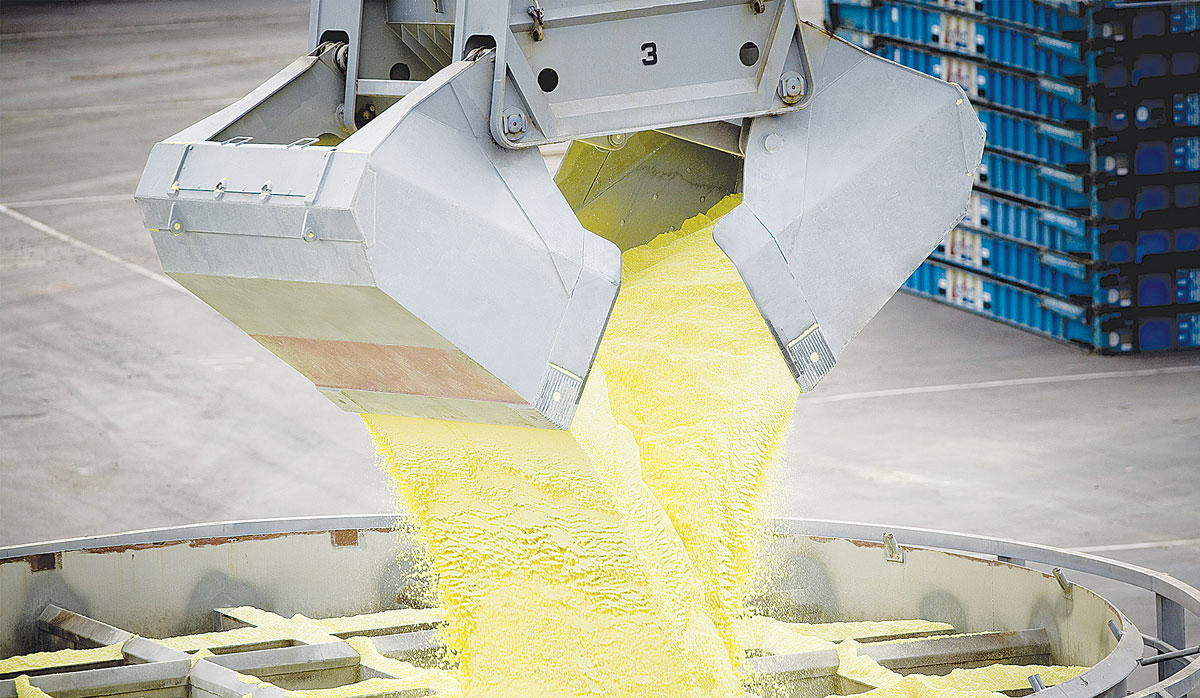Farmer confidence dips slightly, but positivity still dominates
Farmer confidence has taken a slight dip according to the final Rabobank rural confidence survey for the year.
Dairy
Sluggish demand remains a key driver for dairy commodity prices. Low prices in late 2023 and early 2024 provided a great opportunity to replenish stocks, and so with full inventory pipelines, buyers are cautious.
Attention is now on seasonal peak milk production in the Northern Hemisphere, and sentiment is shifting in most regions, with purchasing slower at current price levels.
Rabobank has revised its earlier view on China's net imports. It now anticipates a decline of 8% in net import demand in 2024 compared to 2023. The combination of stronger milk production and weaker consumer demand are the main drivers.
Global milk supply remains under pressure. While milk supply growth remains a challenge in most regions, China's production has been revised upwards for 2024, from 2% to 3.2%.
Beef
It's a similar tale this month for the beef story, with farmgate prices continuing to track steady. Cull cows being sent for slaughter were still slower than usual in March, according to the New Zealand Meat Board slaughter data, tracking around 3% behind last March nationally.
Year-to-date, total exports of beef meat from January to March 2024 are up by 5% year-on-year at just over 133,000 tonnes, and up by 3% in value.
In volume terms, shipments to China are down 8% at 51,650 tonnes. The upswing trend to other destinations has continued with exports to the US now up 14% YTD, Japan up 41%, and Canada up 60% compared to the same period last year.
Sheep
Slaughter numbers for the kill season nationally are now tracking 6.2% ahead of 2023, to 6 April 2024.
With the good early summer growing conditions around New Zealand and the option to put weight on lambs, the run-of-numbers finished later, as was forecast.
Pockets of late autumn dry then led to higher numbers sent off before the inevitable winter slowdown in pasture and animal growth.
Total exports of New Zealand sheepmeat in March 2024 were similar to March 2023 numbers at just over 48,000 tonnes, with lamb making up just over 38,000 tonnes of these exports - the highest March lamb production since 2021.
China took just under half of total volumes (compared to 60% last year), amounting to almost 30% of the year's value (compared to 41% last year).
Better-performing markets included the US, up 5% by value, and the UK, up 3%. Shipments to "other" countries were up 6% in terms of value FOB. Canada and Saudi Arabia among the bigger "other" players.
Farm Inputs
On the fertiliser front, many markets are in mid-season. No big price movements have been reported, nor have elements that could change the short-term price doldrum outlook.
One country that could cause some price movement in India, though the urea stocks are reported to be comfortably at the 10m tonne mark.
 |
|---|
|
No big price movements have been reported in the fertiliser trade. |
The higher output of phosphate fertilisers did impact the market. Morocco DAP prices dropped 4% during April and is now at USD $838/tonne, and Indian importers are experiencing negative margins.
Interest Rates
Rabobank says that the economic downturn that New Zealand is currently experiencing will prove sufficient to bend home-grown inflation back down to sustainable levels.
Consequently, the bank still believes that the RBNZ will be cutting rates this year. Its current forecast is for the first cut to arrive in August, with a follow-up cut in November. "We're holding to this timing for now, but the strong tradeable inflation number does introduce a risk that August might be too optimistic and the RBNZ will be forced to hold fire for longer."
According to Ravensdown's most recent Market Outlook report, a combination of geopolitical movements and volatile market responses are impacting the global fertiliser landscape.
Environment Canterbury, alongside industry partners and a group of farmers, is encouraging farmers to consider composting as an environmentally friendly alternative to offal pits.
A New Zealand dairy industry leader believes the free trade deal announced with India delivers wins for the sector.
The Coalition Government will need the support of at least one opposition party to ratify the free trade deal with India.
Primary sector leaders have welcomed the announcement of a Free Trade Agreement between India and New Zealand.
At Pāmu’s Kepler Farm in Manapouri, mating has wrapped up at the across-breed Beef Progeny Test.

OPINION: The release of the Natural Environment Bill and Planning Bill to replace the Resource Management Act is a red-letter day…
OPINION: Federated Farmers has launched a new campaign, swapping ‘The Twelve Days of Christmas’ for ‘The Twelve Pests of Christmas’ to…